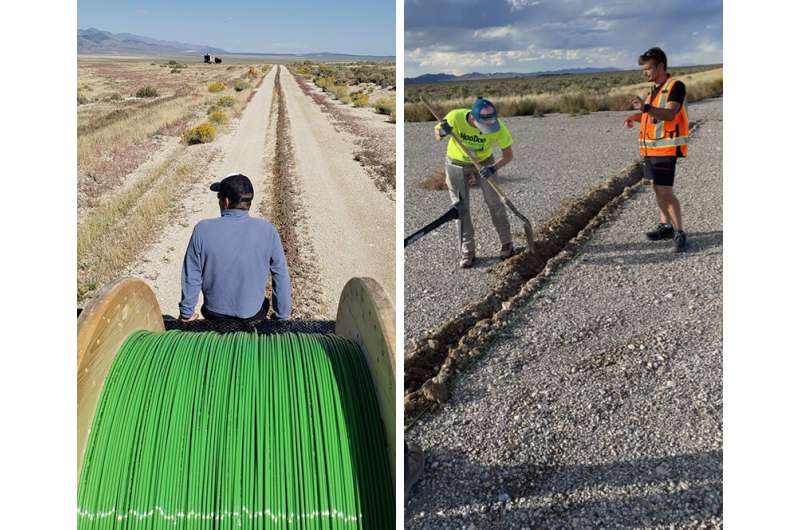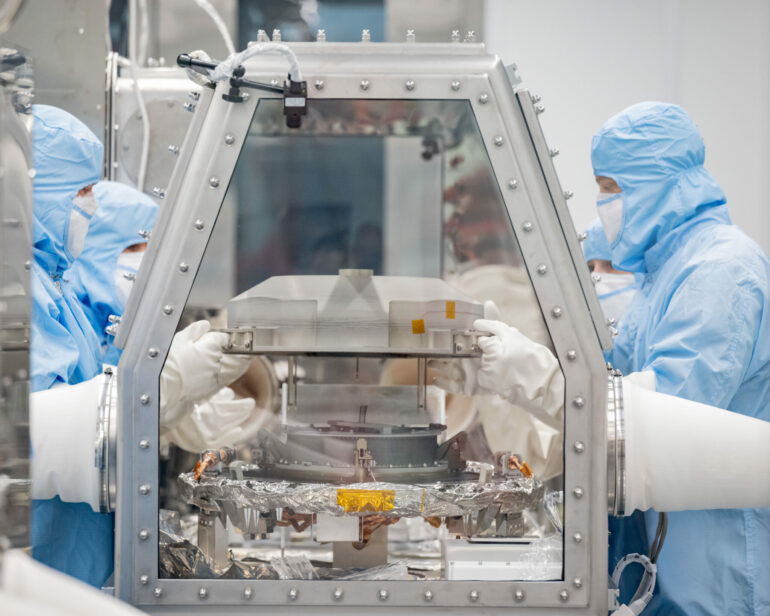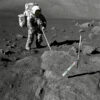The OSIRIS-REx project made history last year as the first U.S. mission to bring back an asteroid sample from space—and with it came a treasure trove of data. An international collaboration, led by Sandia National Laboratories and including researchers at Los Alamos National Laboratory, has published a study in The Planetary Science Journal that reveals the preliminary findings from the capsule’s reentry.
The return of the OSIRIS-REx capsule was the largest geophysical observation campaign of its kind. “This project was a unique opportunity for us to observe the geophysical signals produced by a meter-sized object traveling at hypersonic speeds,” said Chris Carr, the lead author at Los Alamos National Lab. “There are few chances for scientists to be prepared to collect this type of data that we need to propel scientific inquiry for years to come.”
The campaign involved over 400 sensors, many of which were stationed near Eureka, Nevada along the “loneliest road in America.” Given the size of the project, there were many objectives among the more than 80 collaborators. One team of Los Alamos scientists focused on distributed acoustic sensing (DAS), and the paper as a whole encompasses many methods to obtain data during the capsule’s return.
Though space matter does pass through Earth’s atmosphere, it is difficult to determine where and when the object will make its entry. Even when it is possible to determine those factors, the financial and logistic constraints will almost certainly render it a nonstarter. This results in very limited real-time observational data about the behavior of foreign objects entering the atmosphere. The OSIRIS-REx sample return capsule gave researchers a unique opportunity to collect this data.

The team from Los Alamos National Lab installs surface-laid cables in anticipation of the OSIRIS-REx capsule reentry. © Los Alamos National Laboratory
“For our DAS sub-team, it was the fact that we recorded the signal using a surface-laid cable,” Carr said. “This was the first time such a signal was recorded by DAS, and going into the fieldwork, we weren’t sure if we’d be successful. We were very excited to see the first plots of our data and see that we recorded it.”
The preliminary findings of the campaign show implications for future projects in space and on the ground; specifically, aiding the development of entry and propagation models. This paper documents the process used to detect and record the entry of the capsule, and it shows that the methods are capable of handling the kind of observation needed in this large of a campaign. It has substantially increased knowledge of entry detection for space objects and will allow researchers to better understand how objects enter the Earth’s atmosphere.
Now that the capsule has touched down and the data is ready for release, OSIRIS-REx is being made ready for its next mission. NASA renamed the spacecraft OSIRIS-APEX as it is prepared for a 2029 arrival to the asteroid Apophis.
More information:
Elizabeth A. Silber et al, Geophysical Observations of the 2023 September 24 OSIRIS-REx Sample Return Capsule Reentry, The Planetary Science Journal (2024). DOI: 10.3847/PSJ/ad5b5e
Provided by
Los Alamos National Laboratory
Citation:
Asteroid-sample return mission enables researchers to conduct largest geophysical observation campaign of its kind (2024, October 14)



